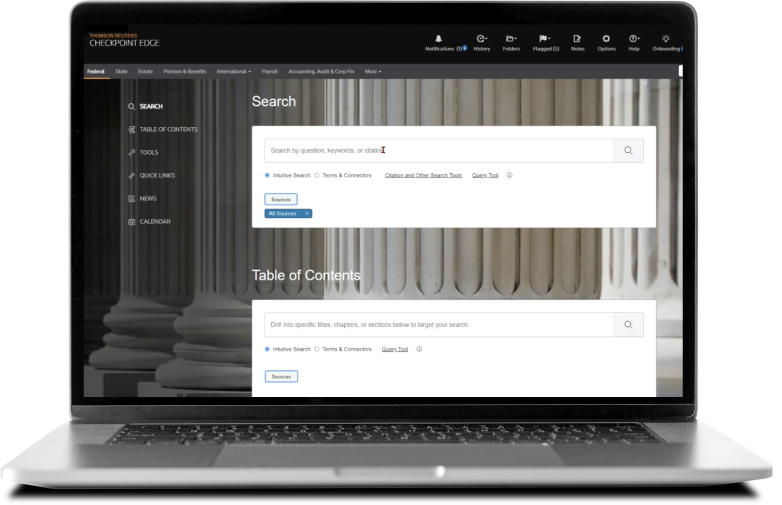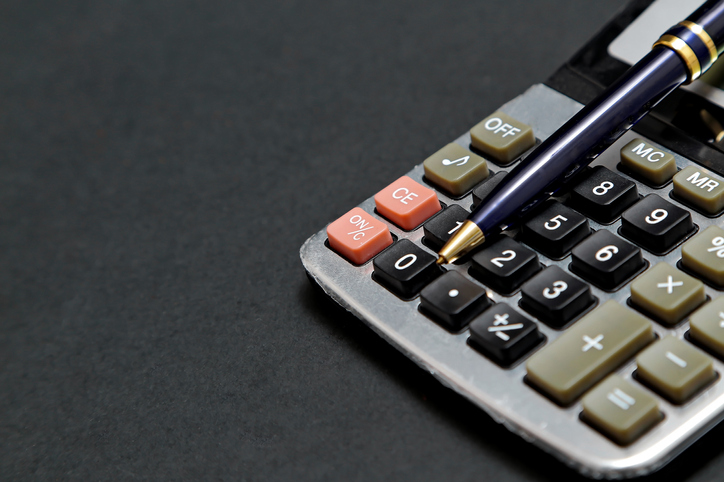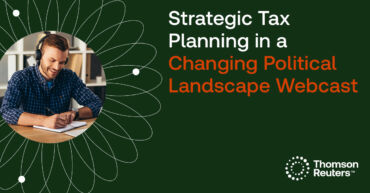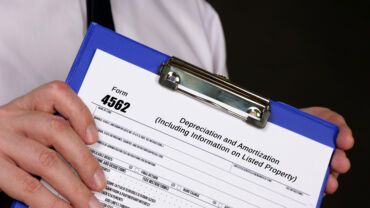Implications of QIP to nonresidential buildings can be significant. Learn the benefits of bonus depreciation and other depreciation methods for Qualified Improvement Property.
Jump to:
| What is Qualified Improvement Property? |
| What is the depreciation method for real property and QIP? |
| Reassessment of lease terms |
As businesses strive to enhance their properties, the tax implications of Qualified Improvement Property (QIP) and its associated depreciation methods can be substantial. Let’s explore the definition of QIP, the tax benefits it offers, and the various depreciation methods available to optimize tax strategy.
What is Qualified Improvement Property?
Qualified Improvement Property is defined as any improvement made to the interior of a nonresidential building after the building is placed in service. Improvements must explicitly exclude expansion of the building, elevators and escalators, and changes made to a building’s internal structural framework. Any property that is subject to the rules of QIP and is leased by a single tenant now falls under the rules for QIP for tax accounting purposes.
With the passage of the Tax Cuts and Jobs Act (TCJA) in 2017, the tax treatment of qualified improvement property was simplified, and the specific categories known as Qualified Leasehold Improvement Property (QLIP), Qualified Restaurant Property (QRP), and Qualified Retail Improvement Property (QRIP) were consolidated into a single classification named Qualified Improvement Property (QIP).
From 2001 through 2017, QLIP referred to a specific category of property eligible for favorable tax treatment under Internal Revenue Code, Section 168, and encompassed any improvements made by a lessee to the interior of a commercial real property leased for business purposes.
QIP and bonus depreciation
While the CARES Act brought significant changes to the depreciable life of assets categorized QIP, the landscape of bonus depreciation is evolving, and it’s important to note the bonus depreciation changes that began in 2023.
Starting from tax years beginning after December 31, 2022, the 100% bonus depreciation deduction will gradually decrease by 20% each year until it reaches a complete phase-out by the end of the 2026 calendar year. This means that deductible amounts will be reduced to 80% in 2023, 60% in 2024, 40% in 2025, 20% in 2026, and finally 0% in 2027.
Here’s how it breaks down:
- In the 2022 calendar year, eligible assets placed in service can benefit from a 100% bonus depreciation.
- For assets placed in service during the 2023 calendar year, the bonus depreciation decreases to 80%.
- Similarly, the bonus depreciation further decreases to 60% for assets placed in service in 2024.
- In 2025, the bonus depreciation reduces to 40% for eligible assets placed in service.
- By 2026, the bonus depreciation decreases to 20%.
- Finally, in the 2027 calendar year, no bonus depreciation is available for eligible assets placed in service.
These changes in bonus depreciation rates underscore the importance of proactive tax planning for QIP. While bonus depreciation diminishes, alternative avenues such as Section 179 deductions offer opportunities to mitigate tax liabilities and optimize cash flow.
What is the depreciation method for real property and qualified improvement property?
The depreciation for nonresidential real property, residential real property, and qualified improvement property is calculated using the straight-line method under the rules of accounting for both tax and generally accepted accounting principles (GAAP).
If an improvement qualifies under the rules of QIP, an entity must depreciate it over the 15-year prescribed recovery period for tax purposes. If the entity uses any other depreciable life, the IRS could consider that an alternative depreciation system was elected which would make the improvement subject to using a 39-year recovery period. This would also put any other properties eligible for the 15-year recovery period, and that were placed into service the same tax year, at risk for reclassification to longer periods.
Amortization of QIP
For GAAP accounting, amortization of qualified improvement property follows the guidelines of ASC 842. If the improvements meet or exceed the entity’s capitalization threshold amount, the asset would be capitalized and amortized over the lesser of the useful life of the improvement based on management’s estimates or the remaining term of the lease.
Reassessment of lease terms
The addition of significant leasehold improvements can affect the term of the lease if, when the option to extend or terminate the lease becomes exercisable, it makes the exercise of a renewal option reasonably certain to be executed. GAAP requires that, if a renewal option becomes reasonably certain to be exercised, the term of the lease should be reassessed. The assets would then be subject to amortization over the new remaining life of the lease term.
Other factors which could affect the assurance of the exercise of a renewal option are penalties in the contract for termination and optional bargain buyouts after the next lease period. The addition of a leasehold improvement could make any penalty economically detrimental for the lessee to incur because of the increased value the improvement provides. It could also make the buyout at the end of the lease more attractive since the leased property is already customized for the entity’s business purposes.
Overall, the changes made to the classification and treatment of qualified improvement property in tax law have simplified application and provided financial benefits for both lessees and lessors in the form of bonus depreciation over a shorter recovery period and potential tax refunds.
This information is brought to you by Checkpoint Edge, the award-winning, AI-powered tax and accounting research tool from Thomson Reuters.
Free trialExplore the benefits of Checkpoint Edge and find the right trial for your organization with free 7-day access. |
 |
 |
Blog |








